
Do you have a question about the Carrier 39T and is the answer not in the manual?
| Brand | Carrier |
|---|---|
| Model | 39T |
| Category | Air Handlers |
| Language | English |
General safety guidelines for operating air-handling equipment safely and avoiding injury.
Overview of the 39T series central station air handlers and their capacities.
Explanation of the 18-digit model number used for all 39T units.
Table listing and describing various 39T unit and return fan components.
Data describing physical properties of 39T coils, including capacity and dimensions.
Inspect the unit for damage, check packing list, and notify Carrier of discrepancies.
Precautions for storing the unit before installation to prevent damage and corrosion.
Ensuring adequate space for unit placement and service access operations.
Shows bolting patterns for unit and accessory flange connections.
Procedure for assembling connection flanges to separate unit sections.
Instructions for installing blow-thru units, including heating coil and zone damper sections.
Installing mixing boxes, fan motors, drives, and preventing junction box condensation.
Checking shaft and sheave alignment for proper belt and sheave performance.
Instructions for installing, adjusting, and tensioning V-belts for optimal performance.
Field adjustment of inlet guide vanes for various fan types and actuator installations.
Installing face, bypass, mixing box, and zone damper actuators and linkages.
Guidelines for piping water, steam, and DX coils and preventing freeze-up.
Field-supplied TXVs, distributor nozzle installation, and hot gas bypass piping.
Instructions for installing condensate-trapping drain lines for unit operation.
Instructions for installing electric heaters in the EHS1 section and connecting wiring.
Checklist for preparing unit components and systems before initial startup.
Start-up procedures for plenum fans similar to airfoil/forward-curved fans.
General safety precautions and important considerations for performing service procedures.
Procedures for fan motor replacement, coil cleaning, and coil removal.
Changing coil hand and inspecting/replacing filters for optimal performance.
Detailed steps for removing fan shaft bearings and the fan wheel and shaft.
Modifying fan discharge positions and lubrication instructions for motors and bearings.
Motor data for forward-curved, airfoil, and plenum fans.
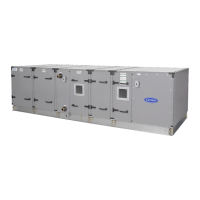
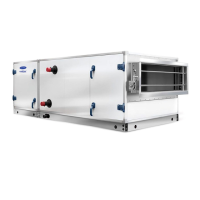
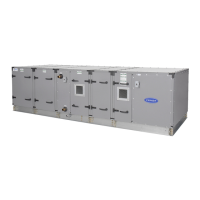
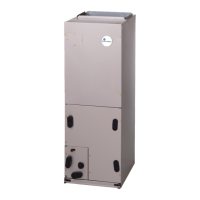


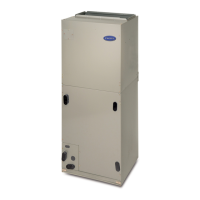


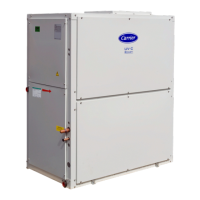

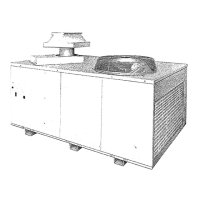
